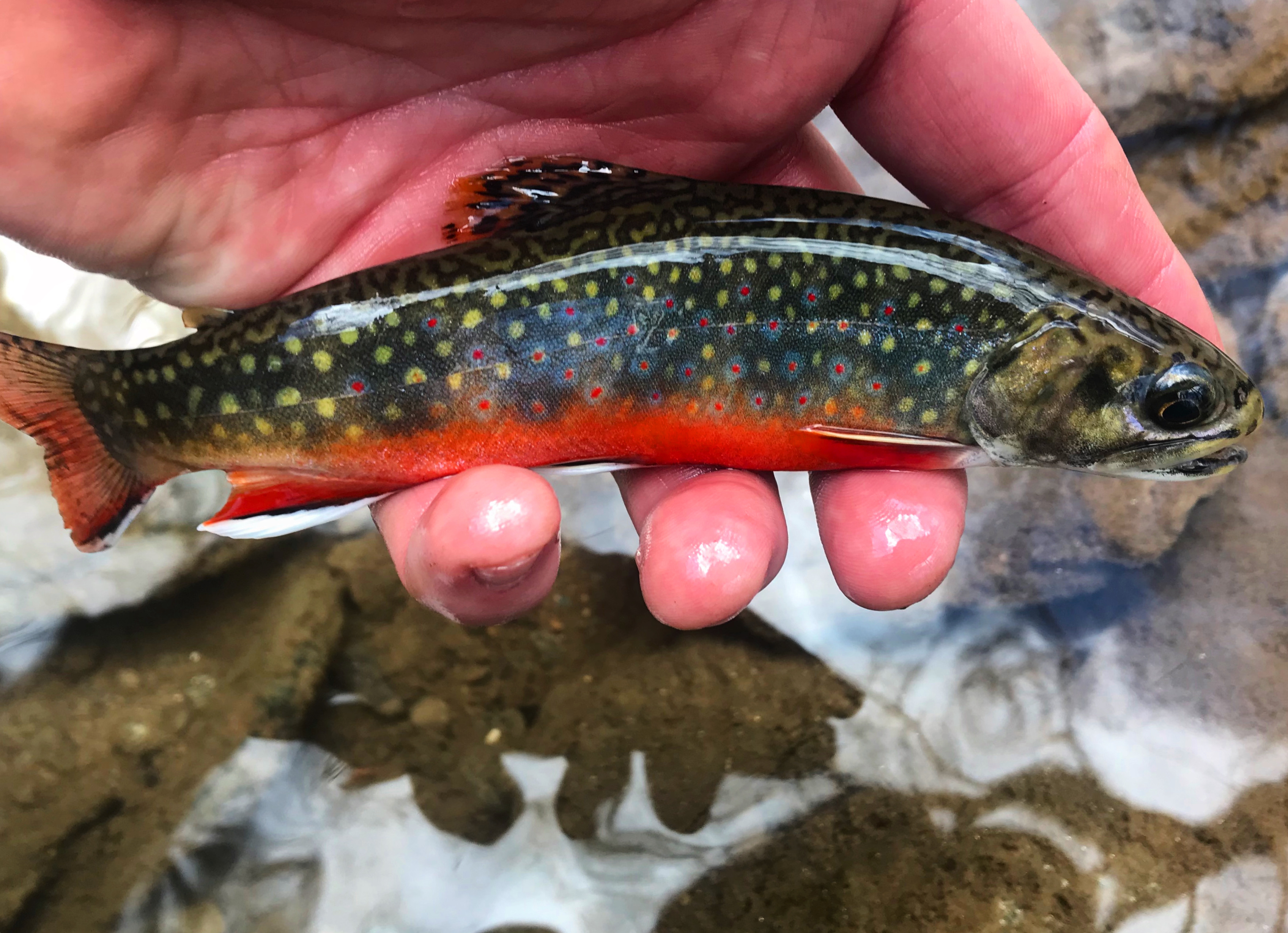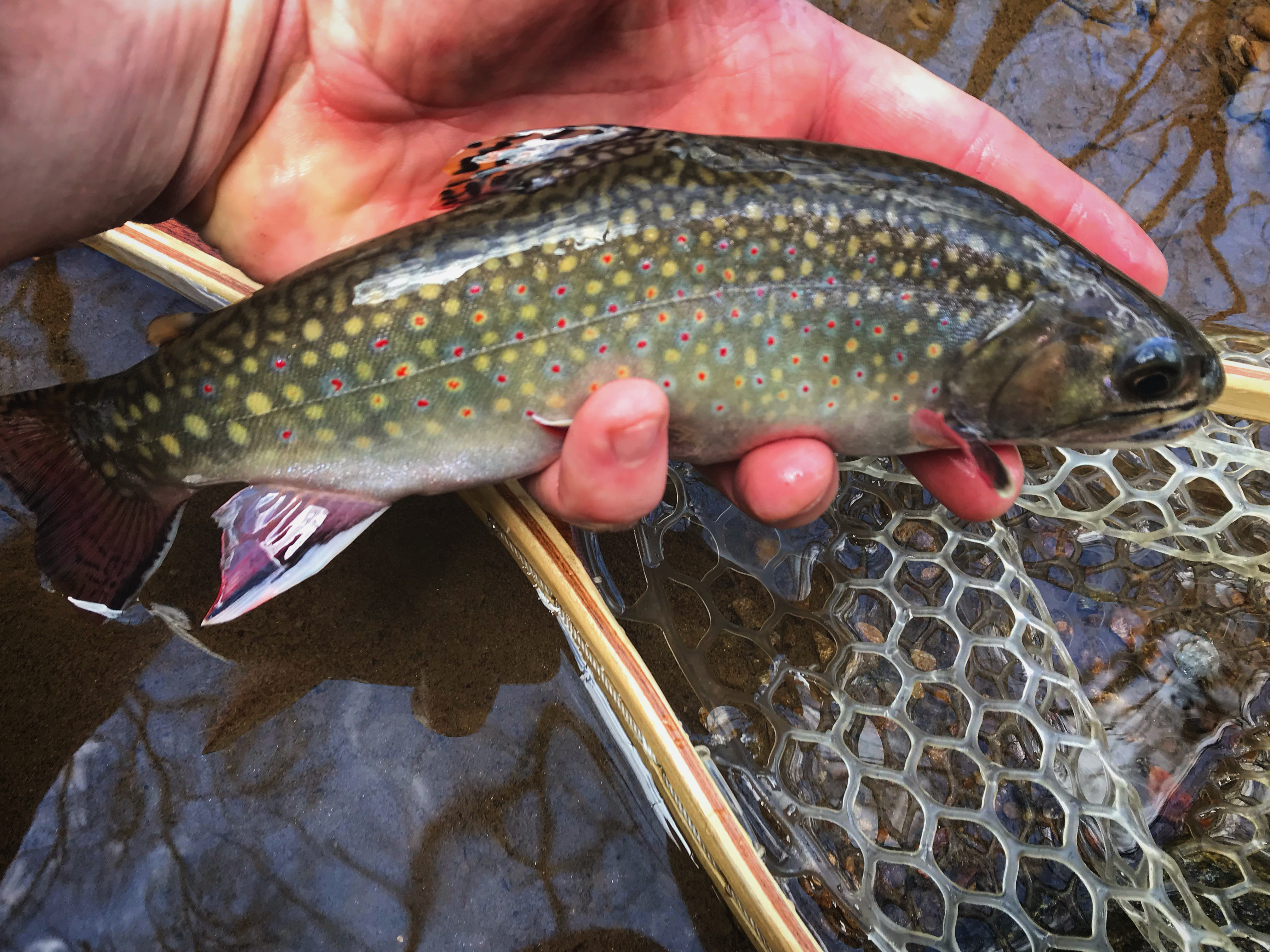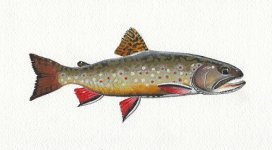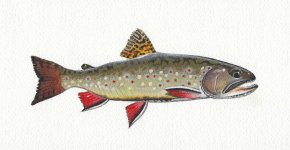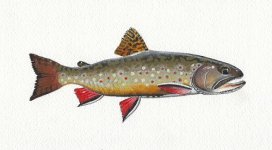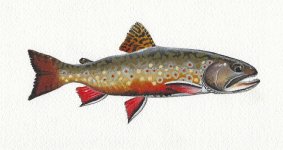Dave_W
Moderator
Staff member
We have all admired the beautiful colors seen on brook trout (and browns for that matter) during the autumn spawning season. It's part of the wild trout fishing aesthetic.
This effect seems most prominent on male fish. I've caught some brookies over the years at different times during the season and some of them really seem to brighten up in the fall. This is particularly true along the flanks and belly where reds, oranges, and black color tones can really become deeper or more widespread. Sometimes you see this in the dorsal and tail; less so on the pecs, pelvic, and ventral fins in my experience. It doesn't happen with every fish and does not always align with seasonal change. Some brookies remain washed out during the spawn and there are always some beautifully colored fish throughout the year.
So what have you seen? Have you caught a particular fish that was more colored up in fall?
This effect seems most prominent on male fish. I've caught some brookies over the years at different times during the season and some of them really seem to brighten up in the fall. This is particularly true along the flanks and belly where reds, oranges, and black color tones can really become deeper or more widespread. Sometimes you see this in the dorsal and tail; less so on the pecs, pelvic, and ventral fins in my experience. It doesn't happen with every fish and does not always align with seasonal change. Some brookies remain washed out during the spawn and there are always some beautifully colored fish throughout the year.
So what have you seen? Have you caught a particular fish that was more colored up in fall?


